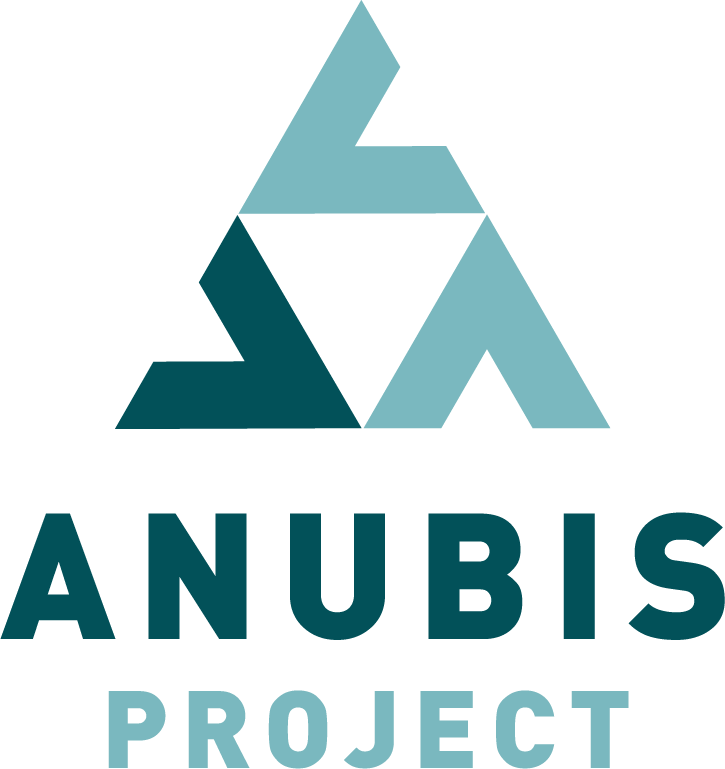Abstract
Man has always had a close relationship with flax, one of the first domesticated plants, particularly in the Fertile Crescent and ancient Egypt. From the earliest times, its fibres, with their exceptional properties and fineness, have been used for clothing, household linen or even for making sails and ropes. Today, new industrial markets are opening up for this plant; the remarkable mechanical performance of its fibres makes it a choice reinforcement for developing innovative, environmentally friendly and recyclable biobased materials. Through an original and transdisciplinary archaeometric approach, the ANUBIS project aims to build a bridge between archaeology and materials science. Its main scientific objectives are i. to understand how the structure of the fibres has evolved over time and through ageing, ii. to understand the evolution of the structure of defects and their role on the mechanical performance of the fibres, iii. to evaluate the impact of time on the composition and biochemical architecture of the walls and, as an ultimate objective, iv. to understand how the brittle areas of the fibres can be reduced in order to preserve them as well as possible and to optimally configure future biobased composites. After a selection phase of ancient flax yarns in different renowned museums, using an approach both related to their historical and architectural characteristics (IFAO), we will study in depth their structural, biochemical and mechanical characteristics. Defect areas, sensitive to ageing, will be particularly targeted, whether through biochemical (deep UV, NMR or X-ray diffraction – INRAE), mechanical (traction or mechanical mode atomic force microscopy – UBS) or structural (two-photon microscopy or X-ray nano-tomography – Synchrotron SOLEIL) analyses; innovative couplings (AFM-Raman or Traction-Tomography) between technologies will also be implemented. All of this data will then be used to develop numerical behaviour models, at the scale of yarns and fibres, but also to develop a predictive model of fibre and cell wall ageing. To this end, ANUBIS brings together a highly complementary and multidisciplinary consortium of recognised experts; its ambition is to contribute to the advancement of knowledge on flax fibres and, in particular, to acquire new knowledge on the ageing and durability of these fibres, in order to be able to develop, in the future, the biobased composites of tomorrow, which will be more durable and more efficient.

Figure 1. 3 different types of stress-strain curves of flax (A) elementary fibres, the 3 specific flax fibre tensile behaviour (B) and mechanical mapping of a kink-band area in a flax fibre (C).
Main research objectives
Bridging archaeology, botany and materials engineering, ANUBIS aims to explore, through an original archeometric approach, the evolution along time of ultrastructure and properties of flax plant fibres coming from Ancient Egypt, in order to better understand the ageing mechanisms of these fibres. By mainly focusing on defects and possible sensitive regions of fibres, ANUBIS will provide knowledge, in comparison to modern flax, on durability and also on how the processing, properties and uses of flax textiles have evolved over time and between cultures. To achieve this, the project brings together a multidisciplinary team of academics and museum specialists and we will use a range of multi-analytical micro-spectroscopy and mechanical measurement techniques, which have so far been only sparsely used in the study of archaeological textiles, for comparison with contemporary flax textiles. Through the project, we aim to reflect on what we can learn from the historic practices to achieve better performance and sustainability in today’s flax textile and preforms, especially for a use in composite reinforcement.
To those ends, thanks to collaboration with renowned European museums, an adequate panel of samples, dated from different periods, from ~2,000 BCE to modern French and Egyptian flax, preserved in different ways and exhibiting different yarn architectures will be finely studied. Their ultrastructure, composition and mechanical performances will not only be deeply investigated to better understand their sensitivity but also to draw inspiration from these model materials to design the plant fibre composites of tomorrow.
During ANUBIS, selected ancient flax fibres and yarns will be studied with four major scientific objectives, linked to research hypothesis and preliminary works of our team:
i) to understand how the architecture of flax yarns has evolved through the ages;
ii) to learn more about the evolution of the ultrastructure of kink-bands and their influence on fibre mechanical performance;
iii) to assess the ancient flax biochemical composition;
iv) to understand how areas of brittleness can be reduced through numerial modeling
Overall map of the project
Task 0 : Management ans communication (UBS+all)
Project monitoring, meetings, data, management and dissemination

Task 1 : Selection of samples and study of yarn architecture (IFAO + UBS)
Exploration of an extended range of sample (20-30), selected from Le Louvre and a panel of recognized museums
Morphological characterization (fineness, architecture, twist…) through optical ans electronic microscopy

Selection of 5-10 contrasted samples
Task 2 : Exploring the old fibres and kink-bands ultrastructure (SOLEIL + all)
Estimation of MFA through SHG investigations
Exploration of kink-bands ultrastructure by nanotomography

Task 3 : Multi sacle mechanical analysis (UBS + SOLEIL)
Tensile behaviour of si,ngle fibres and yarms
Inverstigation of kink band areas mechanical properties by AFM

Task 4 : Evolution of the flax fibre ultrastructure with time ans storage conditions (INRAE + all)
Biochemical analysis and NMR investigation of cellulose
Deep UV mapping at DISCO beamline
![]()
MFA values and architecture of kink bands regions
Mechanical properties of yarns, fibres and cell walls
Proportion of main parietal constituants and cellulose characteristics

Figure 2. Preliminary works of our teams showing examples of arrangement of cellulose in flax fibres from NMR results (A), estimation of flax fibre MFA with SHG (B) and SEM image of a kink band region (C).
Task 5 : Numerical approach: modelling of the evolution of parietal composition and mechanical behaviour (INRAE + all)
Finite Element Modelling ans prediction of yarn performances
Towards a suitable and multi parameters modelling of flax agein
![]()

